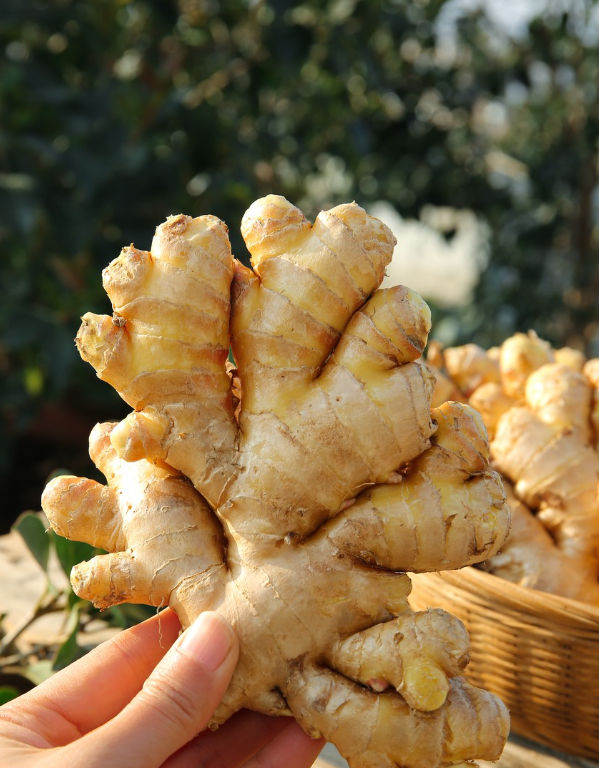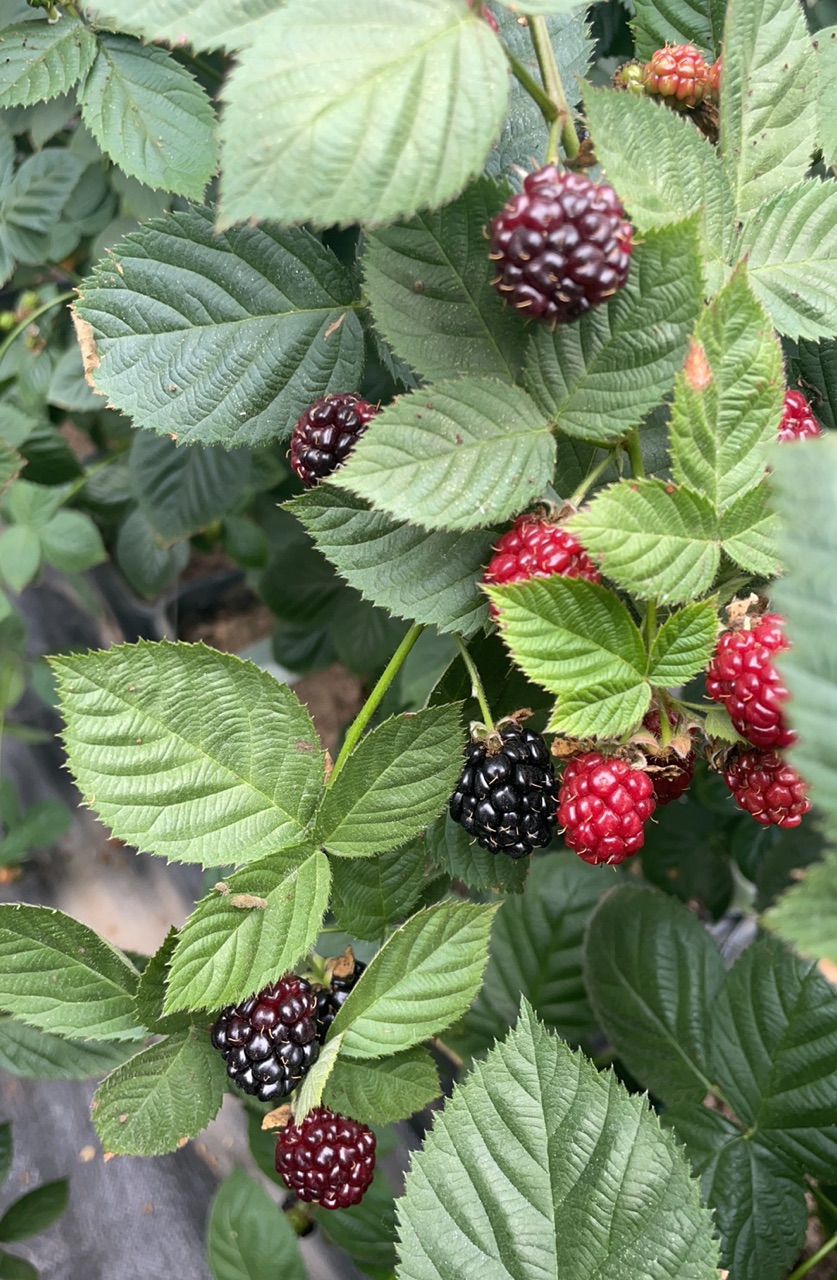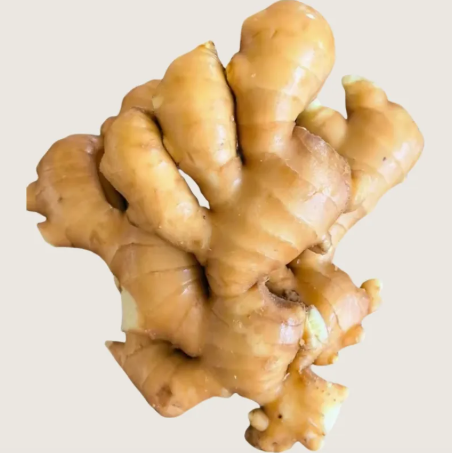
As global consumers increasingly demand high-quality, chemical-free produce, the organic ginger market is undergoing rapid expansion. Meeting stringent export standards—particularly those requiring zero pesticide residues and mold-free products—is paramount for producers aiming to access premium international markets. Through a comprehensive approach that incorporates climate selection, soil fertility management, and eco-friendly pest control, growers can achieve stable yields of superior organic ginger. This article elucidates the vital technical and quality assurance measures that underpin mold-free organic ginger production, empowering agricultural professionals and procurement experts with actionable insights.
The organic ginger segment has witnessed an annual growth rate of approximately 12% over the past five years, fueled by rising health awareness and the preference for sustainably produced spices. Markets in North America, Europe, and Asia-Pacific require compliance with export-grade standards such as the USDA Organic, EU Organic, and JAS certifications. These standards emphasize strict limits on pesticide residues — typically below 0.01 mg/kg — and zero tolerance for microbial contamination including mold.
Ensuring that ginger remains free from mold is critical not only for food safety but also for extending shelf life during long-distance transport. According to a recent report by the International Trade Centre, ginger shipments rejected for mold contamination have decreased by 15% in regions adopting integrated organic cultivation and post-harvest management practices.
Choosing an optimum growing environment serves as a foundational step. Temperate climates characterized by moderate rainfall (1,200–1,500 mm annually) and average temperatures of 20–28°C create favorable physiological conditions for ginger rhizome development, minimizing stress factors that promote fungal growth.
Equally essential is cultivating ginger in well-drained, humus-rich soils with a pH between 5.5 and 6.5. These characteristics enhance nutrient bioavailability, enabling ginger to develop a robust cellular structure that is less prone to mold infestation. Soil organic matter levels exceeding 3% have been correlated with a 20% reduction in post-harvest rhizome decay.

Mold development on ginger often stems from fungal pathogens such as Fusarium oxysporum and Rhizopus stolonifer. Organic production mandates the elimination of synthetic fungicides, necessitating biological and cultural control methods.
Effective strategies include:
Export-grade organic ginger must adhere to strict regulations prohibiting synthetic agrochemicals. Their overuse not only risks residue violations but can also imbalance soil microbiota, indirectly promoting mold outbreaks.
Alternative approaches successfully implemented include:

Yield consistency is pivotal for maintaining buyer confidence. Integrating soil health monitoring, precise nutrient management (with emphasis on potassium and magnesium), and disease surveillance enables producers to stabilize yields around 18–22 tons per hectare under organic protocols.
Successful certification for export markets involves robust record-keeping and traceability systems that document every stage from planting to shipping, ensuring transparency and compliance with pesticide residue and microbial contamination thresholds.
A comprehensive quality assurance (QA) framework is essential to underpin claims of mold-free, chemical-free organic ginger. This includes:
| QA Component | Key Features |
|---|---|
| Traceability System | Batch-level tracking from field to export container |
| Regular Microbial Testing | Routine fungal assays ensuring mold levels below 1 CFU/g |
| Pesticide Residue Analysis | Third-party accredited laboratories confirming sub-detection limits |
| Certification Maintenance | Compliance audits aligned with USDA, EU, and JAS organic standards |
Such structured QA measures not only boost buyer confidence but also foster long-term partnerships, differentiating organic ginger brands in a competitive market based on verified quality and safety.

Ready to elevate your organic ginger production with proven mold prevention and quality systems? Discover Our Expert Solutions Now